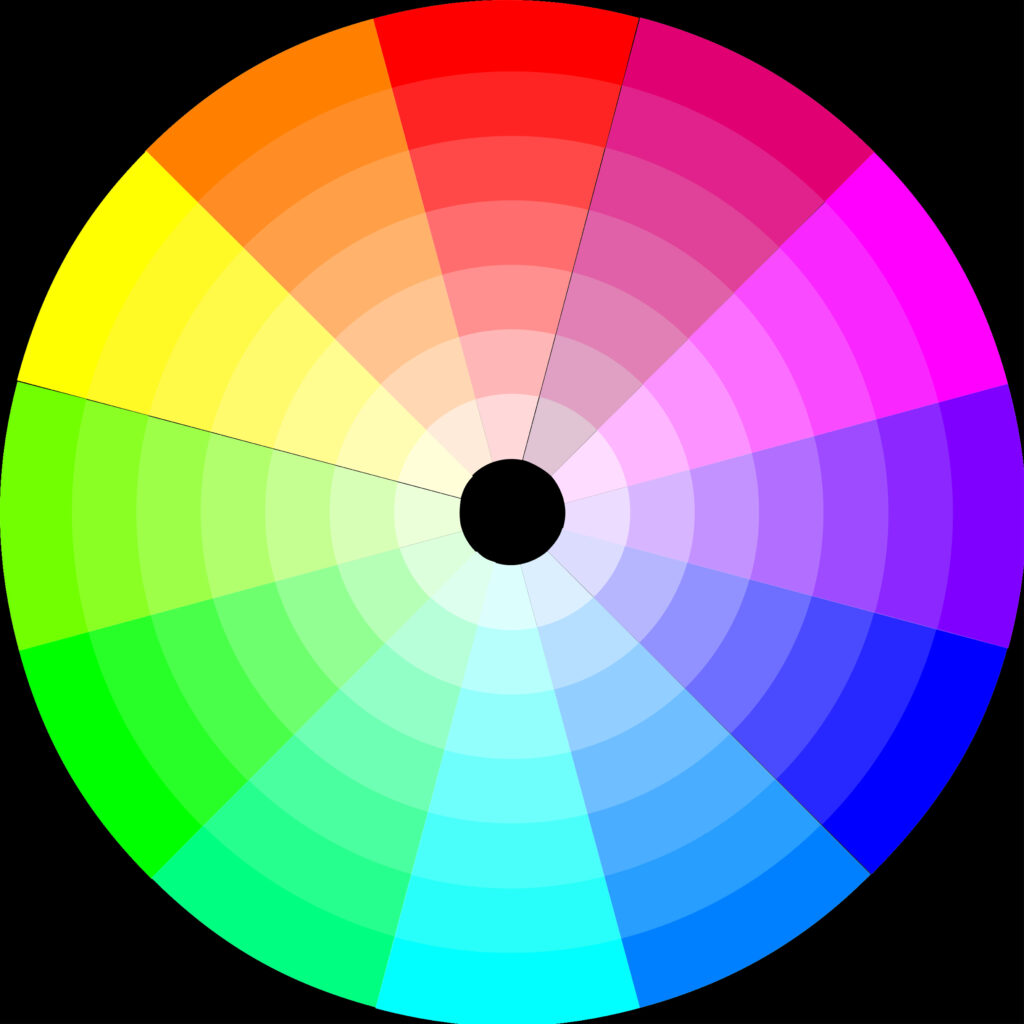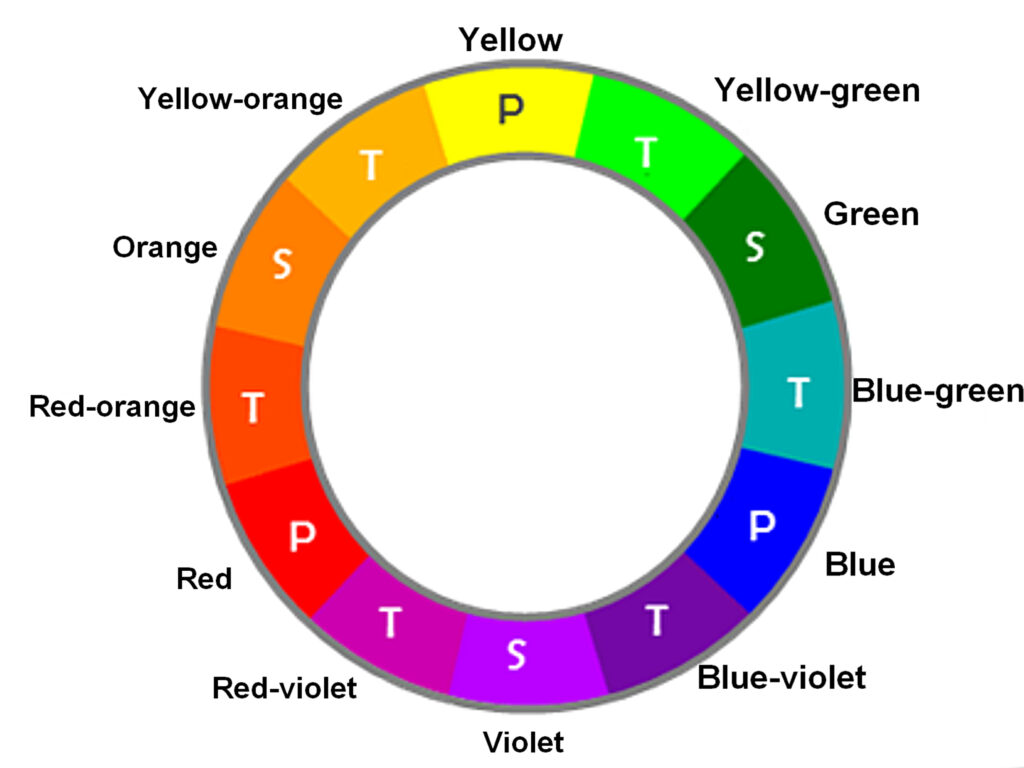02 May 2024

Thinking of painting your home? Let’s have a word on colour
Our eyes can distinguish between about 7 million colours, right down to the smallest variations, but not all of us necessarily see the same colour in exactly the same way as the person standing next to you.
You might see a red as darker – or lighter – than the other person views that same red, and not only that, but both of you may perceive the same colour even more differently under different light conditions, time of day and so on – and even different artificial light sources (such as neon strip lighting, incandescent lamps, LEDs, cool white, or warm) and different perceptions due to the influences of nearby surfaces of a different colour.
Cool colours, warm colours
Paint manufacturers produce colour swatches to help customers select the right colour/s for a room, kitchen or whatever.
The colours on the red (warm) side of the colour wheel shown below show the relationships between the primary, secondary, and intermediate/tertiary colours; the green (cool) side of the wheel has the cooler colours. These colour temperature designations are absolute, meaning that reds etc are warm, blues etc are cool. According to Usability.gov, more subtle colour temperature relationships are relative, meaning that each colour on the warm side of the wheel can be known as cool, and colours on the cool side of the wheel can be known as warm depending on the relationship to their neighbouring colour. Colours from the same hue, for instance red, can also be warmer or cooler than one another.
Colour temperatures affect us both psychologically and perceptually by helping us determine how objects appear to be positioned.
Captions:
1. Cool colour scale
- Cool colours include green, blue, and purple, and variations of those three colours.
- Blue is the only primary colour within the cool spectrum.
- Greens take on some of the attributes of yellow and purple takes on some of the attributes of red.
- They are often more subdued than warm colours.
- Cool colours appear farther away from the observer.

2. Warm colour scale
- Warm colours include red, orange, and yellow, and variations of those three colours.
- Red and yellow are both primary colours, with orange falling in the middle.
- Warm colours appear closer to the observer.

Neutral colours
Neutral colours include black, white, grey, tans, and browns. They’re commonly combined with brighter accent colours but they can also be used on their own. The meanings and impressions of neutral colours depend more so upon the colours around them.
- Colour wheel
This colour wheel shows various gradients of the same colours. If you look at the red segment, for example, you can see how it ranges from dark red on the rim to light red towards the centre.

- Primary, secondary and intermediate/tertiary colours
This colour wheel shows the primary, secondary, and intermediate/tertiary colours relate to each other and helps demonstrate colour temperature.

Many colour wheels are shown using 12 colours. Using this colour wheel as an example, it can be read as follows:
- Three Primary Colours (P’s): Red, Yellow, Blue;
- Three Secondary Colours (S’s): Orange, Green, Violet;
- Six Tertiary Colours (T’s): Red-Orange, Yellow-Orange, Yellow-Green, Blue-Green, Blue-Violet, Red-Violet, which are formed by mixing a primary colour with a secondary colour.
Some companies add even more intermediates, for total of 24 named colours; some colour wheels show interior points and circles, which represent colour mixtures. (Source: Usability.gov)